System uses tiny magnetic beads to rapidly measure the position of muscles and relay that information to a bionic prosthesis.
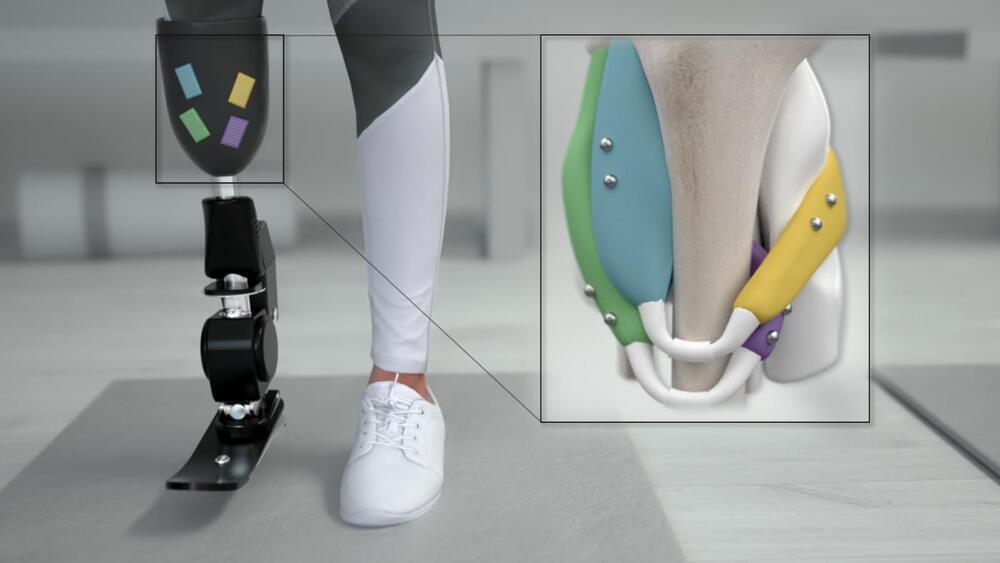

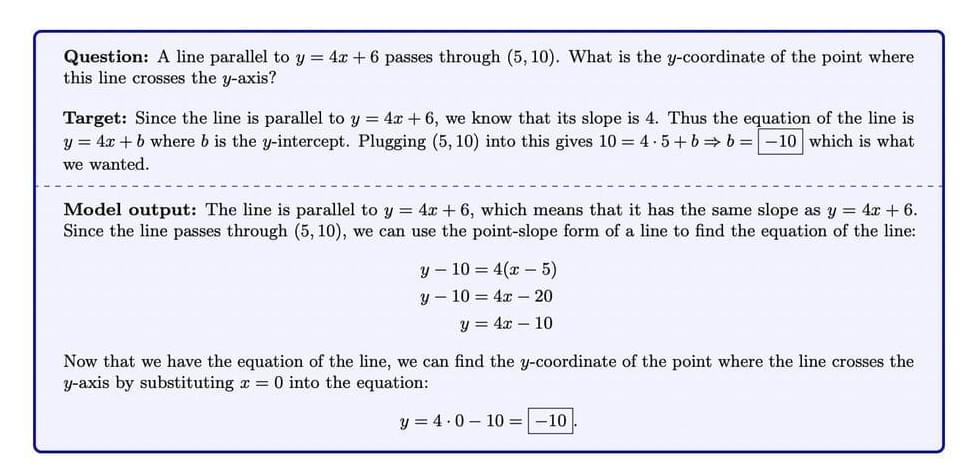
Large language models are widely adopted in a range of natural language tasks, such as question-answering, common sense reasoning, and summarization. These models, however, have had difficulty with tasks requiring quantitative reasoning, such as resolving issues in mathematics, physics, and engineering.
Researchers find quantitative reasoning an intriguing application for language models as they put language models to the test in various ways. The ability to accurately parse a query with normal language and mathematical notation, remember pertinent formulas and constants and produce step-by-step answers requiring numerical computations and symbolic manipulation are necessary for solving mathematical and scientific problems. Therefore, scientists have believed that machine learning models will require significant improvements in model architecture and training methods to solve such reasoning problems.
A new Google research introduces Minerva, a language model that uses sequential reasoning to answer mathematical and scientific problems. Minerva resolves such problems by providing solutions incorporating numerical computations and symbolic manipulation.

The Space Force has assumed command of a new unit that will be focused on keeping an eye out for foreign threats in space, but it comes as Congress is warning the small service branch that it has to prepare to slow its growth.
Delta 18 and the brand-new National Space Intelligence Center were officially commissioned late last month at Wright-Patterson Air Force Base in Dayton, Ohio. It will be staffed by nearly 350 civilian and military personnel.
Delta 18’s mission is to “deliver critical intelligence on threat systems, foreign intentions, and activities in the space domain to support national leaders, allies, partners and joint war fighters,” according to a press release.



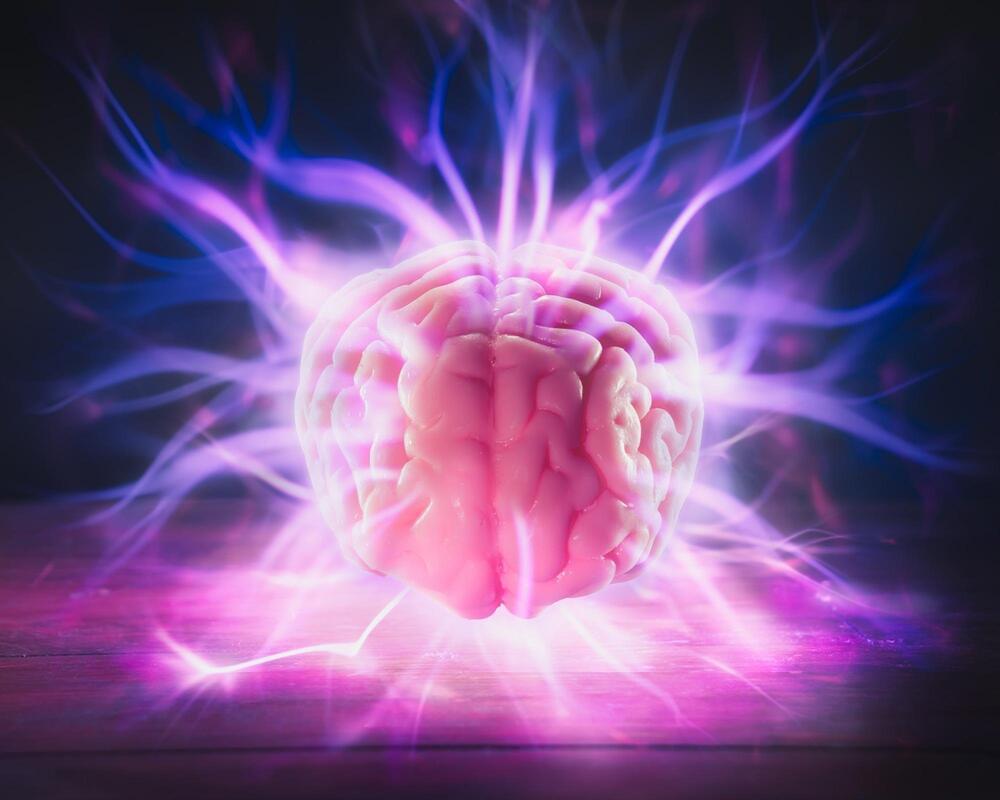
While you read this sentence, the neurons in your brain are communicating with one another by firing off quick electrical signals. They communicate with one another via synapses, which are tiny, specialized junctions.
There are many various kinds of synapses that develop between neurons, including “excitatory” and “inhibitory,” and scientists are still unsure of the specific methods by which these structures are formed. A biochemistry team has provided significant insight into this topic by demonstrating that the types of chemicals produced from synapses ultimately determine which types of synapses occur between neurons.
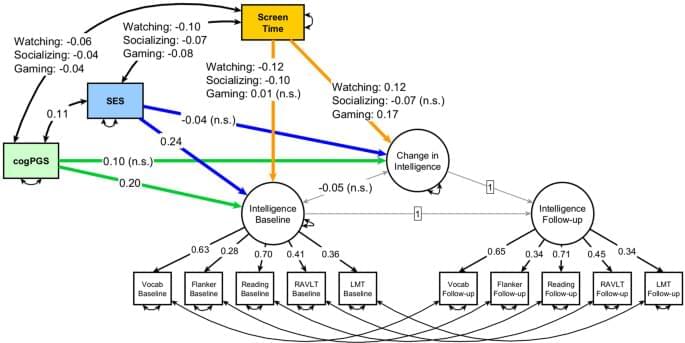
Video games seem to be a unique type of digital activity. Empirically, the cognitive benefits of video games have support from multiple observational and experimental studies23,24,25. Their benefits to intelligence and school performance make intuitive sense and are aligned with theories of active learning and the power of deliberate practice26,27. There is also a parallel line of evidence from the literature on cognitive training intervention apps28,29, which can be considered a special (lab developed) category of video games and seem to challenge some of the same cognitive processes. Though, like for other digital activities, there are contradictory findings for video games, some with no effects30,31 and negative effects32,33.
The contradictions among studies on screen time and cognition are likely due to limitations of cross-sectional designs, relatively small sample sizes, and, most critically, failures to control for genetic predispositions and socio-economic context10. Although studies account for some confounding effects, very few have accounted for socioeconomic status and none have accounted for genetic effects. This matters because intelligence, educational attainment, and other cognitive abilities are all highly heritable9,34. If these genetic predispositions are not accounted for, they will confound the potential impact of screen time on the intelligence of children. For example, children with a certain genetic background might be more prone to watch TV and, independently, have learning issues. Their genetic background might also modify the impact over time of watching TV. Genetic differences are a major confounder in many psychological and social phenomena35,36, but until recently this has been hard to account for because single genetic variants have very small effects. Socioeconomic status (SES) could also be a strong moderator of screen time in children37. For example, children in lower SES might be in a less functional home environment that makes them more prone to watch TV as an escape strategy, and, independently, the less functional home environment creates learning issues. Although SES is commonly assumed to represent a purely environmental factor, half of the effect of SES on educational achievement is probably genetically mediated38,39—which emphasizes the need for genetically informed studies on screen time.
Here, we estimated the impact of different types of screen time on the change in the intelligence of children in a large, longitudinal sample, while accounting for the critical confounding influences of genetic and socioeconomic backgrounds. In specific, we had a strong expectation that time spent playing video games would have a positive effect on intelligence, and were interested in contrasting it against other screen time types. Our sample came from the ABCD study (http://abcdstudy.org) and consisted of 9,855 participants aged 9–10 years old at baseline and 5,169 of these followed up two years later.
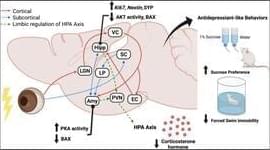
Given that visual impairment is bi-directionally associated with depression, we examined whether transcorneal electrical stimulation (TES), a non-invasive treatment for visual disorders, can ameliorate depressive symptoms.
The putative antidepressant-like effects of TES and the underlying mechanisms were investigated in an S334ter-line-3 rat model of retinal degeneration and a rat model of chronic unpredictable stress (CUS).
TES was administered daily for 1 week in S334ter-line-3 and CUS rats. The effects of TES on behavioral parameters, plasma corticosterone levels, and different aspects of neuroplasticity, including neurogenesis, synaptic plasticity, and apoptosis, were examined.

From changes in daylight across seasons to the artificial lighting choices in workplaces, it’s clear that the quantity and quality of light that a person encounters can significantly impact mood.
Now, scientists at Brown University think they know why.
In a new study published in the Proceedings of the National Academy of Science, the research team used functional MRI to reveal how light-intensity signals reach the brain, and how brain structures involved in mood process those signals. The study demonstrated that some regions of the cerebral cortex involved in cognitive processing and mood show sensitivity for light intensity.